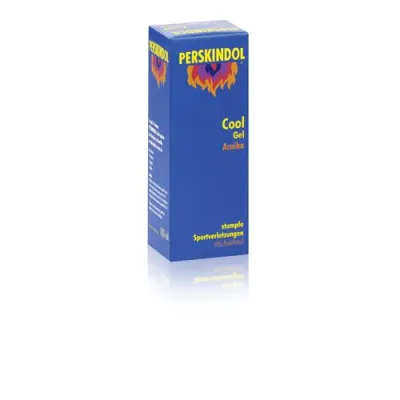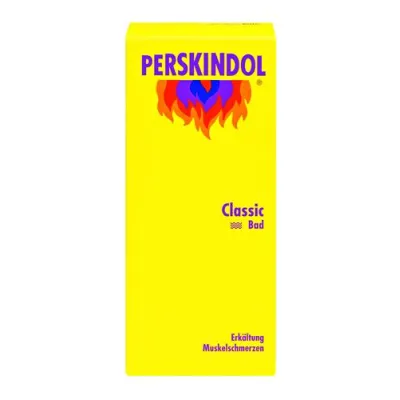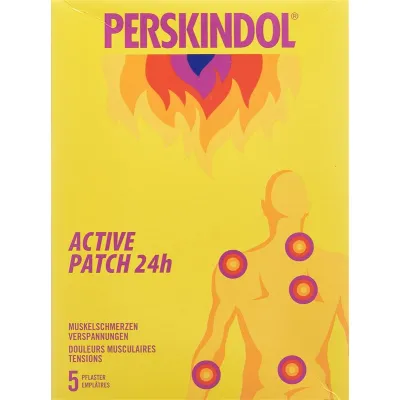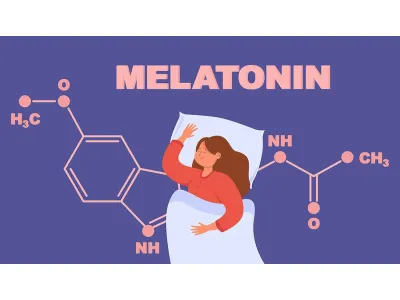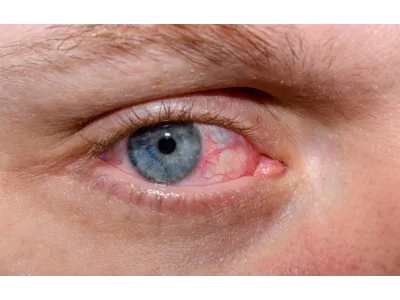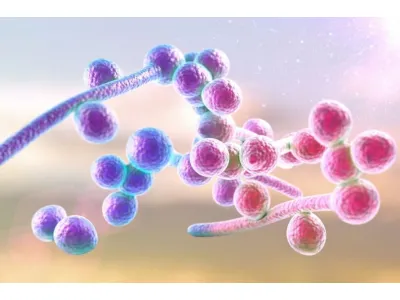Muscle Soreness and Sport Injuries: Finding Relief with Therapeutic Gel
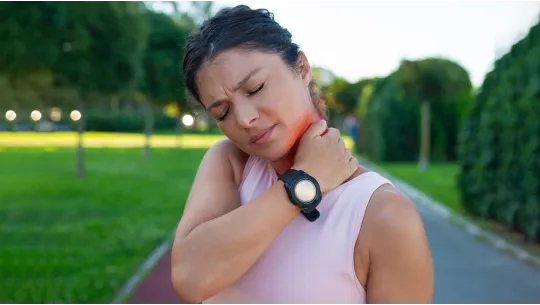
Muscle pain and sports injuries are common problems faced by athletes of all levels. These conditions not only affect performance, but also an athlete's training schedule and general well-being.
Muscle Pain and Sports Injuries
Muscle pain, or myalgia, can range from mild discomfort to severe pain, often caused by overuse, injury, or tension. It can be localized in a certain area or widespread, affecting several muscle groups. Athletes experience muscle pain due to intense or prolonged physical activity that leads to muscle fatigue or minor muscle fiber injuries.
Types of sports injuries
Sports injuries are divided into acute injuries, which occur suddenly during physical activity, and overuse injuries, which develop over time due to repeated stress on certain parts of the body. Common sports injuries:
- Sprain: A muscle strain occurs when the fibers of a muscle or tendon are stretched or torn too much. Frequent sprains in the legs and back.
- Ligament Sprains: Unlike muscle and tendon strains, ligament sprains are more common. This happens when ligaments are stretched beyond normal or torn. Ankles, knees and wrists are common sites for sprains.
- Overuse injuries: These are the result of repeated injuries to tendons, bones and joints. Examples include elbow, runner's knee, and shins. Overuse injuries are more subtle and usually develop over time.
Prevention and Treatment of Muscle Pain and Sports Injuries
While experiencing muscle soreness and sports injuries may seem inevitable, preventative measures and proper treatment can greatly mitigate their impact.
- Warm-up and cool-down: Proper warm-up before and cool-down after intense activity prepares muscles for exercise and prevents injury. Warming up exercises increase blood flow to the muscles, while cooling down helps gradually lower your heart rate and prevent stiffness.
- Proper Technique: Learning and following the right approach for your sport or exercise can substantially lessen your risk of injury.
- Adequate rest: Rest days are important for muscle restoration and damage prevention. Overtraining ends in injury, so it's important to pay attention to your body and permit time for healing.
- Nutrition and hydration: A balanced, nutrient-dense diet promotes muscle restoration and health. Hydration is likewise very vital for proper muscle characteristics.
Treating Muscle Pain and Sports Injuries
Effective treatment of muscle pain and sports injuries is important for athletes and active people, ensuring a quick return to their activities and preventing further damage. Treatments vary depending on the severity and type of injury, but the goal remains the same: relieve pain, promote healing, and restore function. The RICE method is a widely recommended initial treatment for acute muscle injuries and involves four key steps:
- Rest: Avoid activities that increase pain, swelling, or discomfort. Rest gives injured muscle groups and tissues a chance to start the recuperation manner.
- Ice: Apply ice to the affected vicinity for 20 mins several times a day. Ice reduces swelling, irritation and pain.
- Compression: Use an elastic compression bandage across the injured place to limit swelling. Make sure the bandage is comfortable but not too tight.
- Pain relievers: Over-the-counter pain relievers which include ibuprofen (Advil, Motrin IB) or acetaminophen (Tylenol) assist reduce pain and inflammation. It is important to use these medicinal drugs as directed and to consult your health practitioner for persistent or intense pain.
- Topical analgesics: Creams, gels, and sprays applied directly to the skin over the painful area provide temporary relief from muscle aches and pains. Please pay attention to Perskindol cool gel - a topical preparation for external use. Perskindol gel contains arnica and levomenthol. Levomenthol dilates blood vessels, refreshes the skin, relieves pain and has an anti-inflammatory effect. It also contains an analgesic component of plant origin (arnica), which is responsible for rapid cooling and pain relief of the affected part of the body.
Perskindol cool arnica gel tube 100 ml
What is Perskindol Cool Gel Arnica and when is it used? Perskindol Cool Gel Arnica is a locally effective, externally applied drug. The active ingredients in Perskindol Cool Gel Arnica are quickly absorbed by the skin and have a direct effect on the underlying tissue and joint areas. When should Perskindol Cool Gel Arnica not be used or only with caution? In case of known hypersensitivity to one of the ingredients (see composition). Tell your doctor, pharmacist or druggist if you: suffer from other diseaseshave allergies (arnica allergy)apply other medications, including home-bought, topically (locally) or systemically. Can Perskindol Cool Gel Arnica be used during pregnancy or while breastfeeding? Based on previous experience, there is no known risk for the child when used as intended. How do you use Perskindol Cool Gel Arnica? Adults and children from 3 years.Unless otherwise prescribed, apply the gel in a thin layer (a 3 to 5 cm strip depending on the extent of the painful area) and massage in. What side effects can Perskindol Cool Gel Arnica have? The following side effects can occur when using Perskindol Cool Gel Arnica: Slight itching, reddening or burning of the skin can occasionally occur. What should also be noted? Store at room temperature (15-25°C) and out of the reach of children.Perskindol Cool Gel Arnica may only be used up to the date marked «EXP» on the container. What does Perskindol Cool Gel Arnica contain? 100 g gel contains 20 g arnica flower tincture, DEV 1:10, extraction agent: ethanol 61% (m/m), 5 g levomenthol. Registration Number 56033 (Swissmedic). Where can you get Perskindol ? In pharmacies and drugstores, without medical prescription.Packs available: 50ml, 100ml. Marketing Authorization Holder VERFORA SA, CH-1752 Villars-sur-Glâne. ..
45,33 USD
It is also effective to use sprays, for example, Perskindol cool spray. Due to its cooling properties, Perskindol cool is used to relieve pain and reduce swelling in blunt injuries such as sprains, strains, sprains, sprains, strains and bruises.
Physiotherapy
Physical therapy is very important in the rehabilitation process of many sports injuries. A physical therapist develops a special program to strengthen the injured area, improve flexibility and restore range of motion. Techniques include exercise, stretching, ultrasound, electrical stimulation, and manual therapy.
Massage and myofascial release
Massage therapy helps relieve muscle tension, improve blood circulation in the injured area, and promotes relaxation. Myofascial release techniques are also used to treat muscle tension and improve mobility by affecting the connective tissue surrounding the muscles.
Alternative methods of treatment
Some people locate remedy from muscle ache and sports activities injuries through alternative healing procedures which includes acupuncture, manual therapy, and yoga. These methods supplement traditional treatments, however it's critical to discuss them with your healthcare provider to make certain they're proper for your specific condition.
Surgery
In instances of serious injuries, inclusive of a complete muscle tear or ligament tear, surgical treatment can be required to repair the harm. Surgery is commonly considered best after conservative treatment has not provided relief or if the injury isn't anticipated to heal competently without surgery.
Choosing the Right Therapeutic Gel and Application Techniques
In the case of injuries and muscle ache, selecting the right healing gel and mastering the correct application method considerably hurries up healing and alleviates the condition.
Therapeutic gels, which often contain pain-relieving or anti-inflammatory components, are a valuable addition to your treatment regimen.
Different gels are designed to address specific issues such as inflammation, muscle stiffness or pain relief. For inflammation and swelling, look for gels that contain ingredients like ibuprofen or diclofenac. For muscle relaxation and pain relief, options with menthol, essential oils, arnica, or capsaicin are more beneficial. Draw your attention to Perskindol classic Bad, which contains a high proportion of natural essential oils as active ingredients. Relaxes when overloading the musculoskeletal system (muscle pain, tension, muscle cramps). Also, the use of Perskindol patch will be effective, thanks to its herbal ingredients it helps relieve tension, for example, in the neck and shoulders. Thanks to its modern gel formula, it is ideal for use in the office, at home or on the go. Application in the form of a patch is practical, clean and inconspicuous.
Perskindol classic bath bottle 500 ml
Perskindol Classic Bad contains a high proportion of natural essential oils as active ingredients. Swissmedic-approved patient informationPERSKINDOL® Classic BadVERFORA SAAMZVWhat is PERSKINDOL Classic Bad and when is it used? PERSKINDOL Classic Bad contains a high proportion of natural essential oils as active ingredients. It relieves complaints caused by rheumatism (muscular rheumatism), ligament pain and joint pain. PERSKINDOL Classic Bad relaxes when the musculoskeletal system is overexerted (muscle soreness, tension and muscle cramps). At the same time, inhaling the essential oils brings relief from colds in the respiratory tract. The bath promotes blood circulation in the skin, which stimulates the natural skin functions. When should PERSKINDOL Classic Bad not be used?If you are allergic to one of the ingredients (see composition), PERSKINDOL Classic Bad should not be used. In the case of major skin injuries, skin diseases, heart and circulatory problems, high blood pressure and feverish illnesses, full baths, regardless of the ingredients, should only be used after consulting a doctor. PERSKINDOL Classic Bad is not suitable for small children and infants. Patients with renal insufficiency should not use PERSKINDOL Classic Bad for a long period of time without professional advice. When is caution required when using PERSKINDOL Classic Bad?Other precautionary measures do not exist if used according to the instructions. Tell your doctor, pharmacist or druggist if you suffer from illnesses, have allergies or use other medicines, including those you bought yourself. Can PERSKINDOL Classic Bad be used during pregnancy or breastfeeding?Based on previous experience, there is no known risk for the child if used as directed. However, systematic scientific investigations have never been carried out. As a precaution, you should avoid taking medicines during pregnancy and breastfeeding or ask your doctor or pharmacist for advice. How do you use PERSKINDOL Classic Bath?For standard bath sizes with a capacity of approx. 120-150 litres. Fill the bathtub with warm water (as you tolerate it) and use the enclosed measuring cup to add the appropriate amount for the desired bath (depending on body weight and age): Full Bath: 20-30ml.Hip Bath: 10-15ml.Foot bath: 5-10 ml. Stir gently with hand and bathe. Non-foaming, suitable for bubble baths. Do not use soap etc. in the medicinal bath. The bathing time should be between 10 and 20 minutes. After that, it is advisable to take a break. Stick to the dosage given in the brochure or prescribed by your doctor. If you believe that PERSKINDOL Classic Bad is too weak or too strong, consult your doctor, pharmacist or druggist. The use and safety of PERSKINDOL Classic Bad in small children has not yet been tested. What side effects can PERSKINDOL Classic Bad have?If you notice any undesirable effects (skin reactions such as itching or reddening of the skin), stop using PERSKINDOL Classic Bad. What else needs to be considered?Keep out of the reach of children! Don't ingest. PERSKINDOL Classic Bad may only be used up to the date marked «EXP» on the container. Your doctor, pharmacist or druggist can provide you with further information. What does PERSKINDOL Classic Bath contain?Composition per 100 ml: Pine needle oil 4.30 g, orange oil 1.89 g, lavender oil 0.086g, Rosemary Oil 0.52g, Lemon Oil 0.52g, Eucalyptus Oil 1.29g, Wintergreen Oil 1.72g. This preparation also contains auxiliary substances. Approval number53532 (Swissmedic). Where can you get PERSKINDOL Classic Bad? What packs are available?In pharmacies and drugstores without a doctor's prescription. 250ml, 500ml, 2×500ml. Authorization holderVERFORA SA, CH-1752 Villars-sur-Glâne. This leaflet was last checked by the drug authority (Swissmedic) in October 2011. ..
110,27 USD
Perskindol active patch
PERSKINDOL Active Patch by Perskindol is a revolutionary solution designed to offer effective pain relief and soothe muscle tensions. Manufactured by the renowned brand Perskindol, this patch acts as your personal, on-the-go pain relief solution. Features: Long-lasting effect: The PERSKINDOL Active Patch provides prolonged relief for up to 8 hours, ensuring you can go about your day without the constant reminder of muscle or joint pain. Easy to use: This patch is incredibly easy to apply - simply peel off the protective film and stick it onto the affected area. No need for messy creams or gels. Comfortable and discreet: Thanks to its thin, flexible design, the patch is discreet and comfortable to wear under clothing. Active Ingredients: The patch is infused with a unique formula that includes essential oils known for their pain-relieving and anti-inflammatory properties. Benefits: Pain relief: The patch provides targeted relief from muscle and joint pain, making it an ideal solution for athletes or individuals with physically-demanding jobs. Convenience: The PERSKINDOL Active Patch is portable and easy to use, allowing you to manage pain wherever you are. Safe to use: As a product of the trusted brand Perskindol, you can be assured of its safety and effectiveness. Use Cases: Post-workout recovery: The patch can be applied after workouts to help soothe sore muscles and speed up recovery. Work-related strain: If your job involves heavy lifting or repetitive movements, the patch can help manage pain and prevent further injury. Chronic pain management: For individuals with arthritis or chronic muscle pain, applying the patch can provide much-needed relief. With PERSKINDOL Active Patch, you can take control of your pain management and live a more comfortable, active life...
35,04 USD
Application technique
- Clean the area: Before applying the gel, clean the affected area with mild soap and water to remove any dirt or sweat, allowing the gel to absorb better.
- Apply a small amount: Start with a small amount of gel - generally a pea-sized spoonful is enough for a localized area.
- Gentle massage: lightly rub the gel into the skin in round motions. This helps increase blood flow to the area and improves absorption of the therapeutic ingredients. Avoid lively rubbing, which could make the ache worse.
- Wash your hands: After applying the gel, wash your arms very well if your hands are not the treated area. This prevents the gel from moving into the eyes or mouth, which could cause inflammation.
Disclaimer: The article includes general information about the relaxation of muscle ache and sports injuries with the help of therapeutic gel and has to not be considered as a medical recommendation. Before the usage of a therapeutic gel, it's far essential to study the product label, understand the lively ingredients and comply with the endorsed directions to be used.
M. Wüthrich

